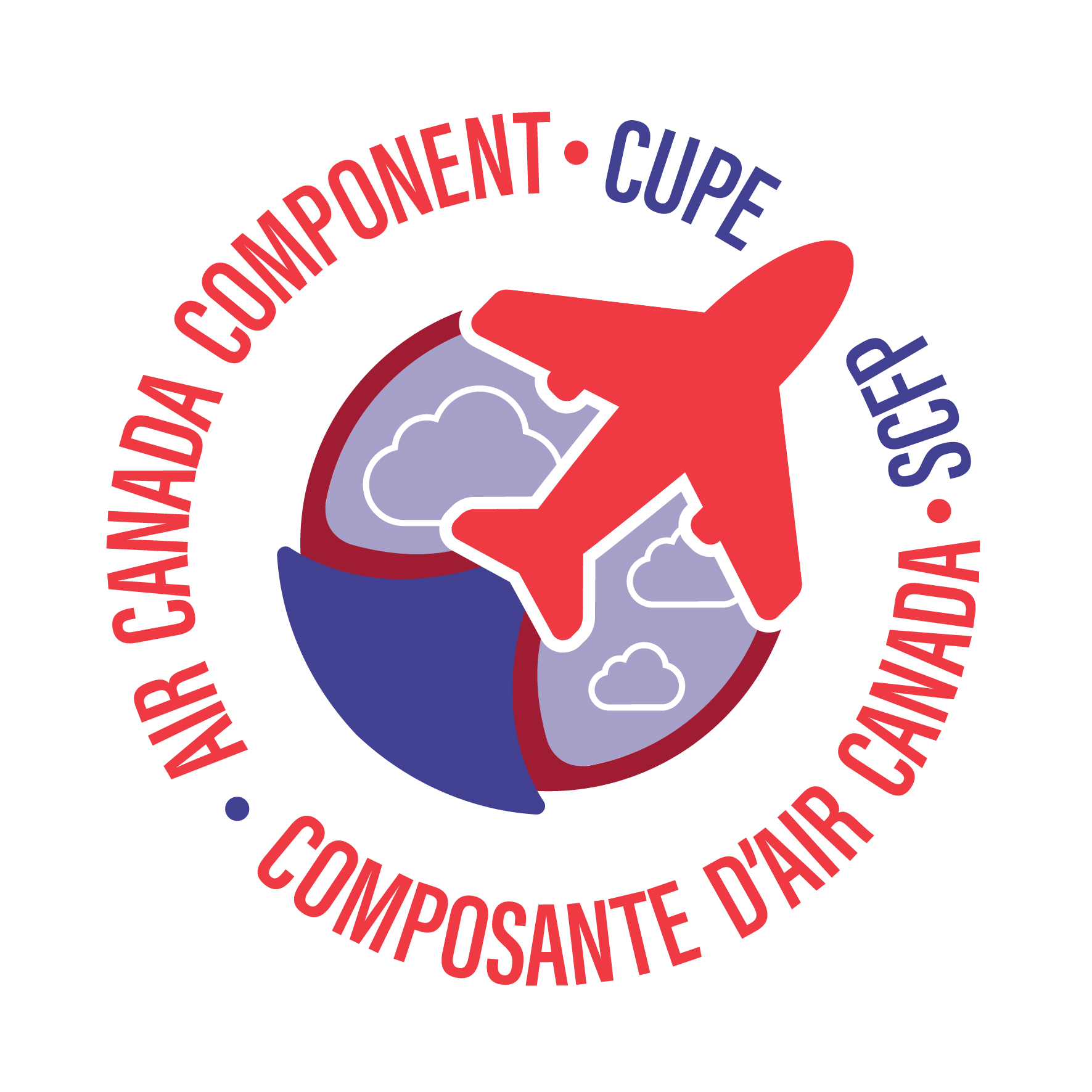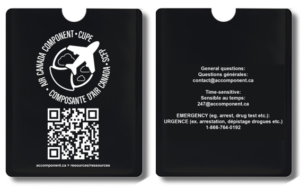Binding Arbitration
As you may have seen on the news, the federal labour Minister Seamus O’Regan directed the Canadian Industrial Relations Board (CIRB) to impose final binding arbitration on negotiations between WestJet and the Aircraft Mechanics Fraternal Association (AMFA). This effectively removed the right of the Westjet mechanics to engage in a legal strike to secure their first collective agreement.
As we currently understand the situation, this action was taken under the provision of the Labour Code Division V, part 80, that allows the CIRB to impose binding arbitration under certain conditions to settle a first collective agreement. This provision only applies to a newly created union/association negotiating its first contract and therefore would not apply to us. For example, Air Transat members recently negotiated a renewed collective agreement without interference from the government or the Canadian Industrial Relations Board (CIRB).
Rest assured that your Bargaining Team’s resolve is to fairly and freely negotiate our next collective agreement and achieve gains that will benefit all members remains unwavering. But we also know that often the only way that unions win real improvements to wages and working conditions is through worker power – including the power to strike when necessary.
The stronger we are as a union, the more members we have involved in directly supporting the bargaining process, the better positioned we’ll be to deal with any attempts to interfere with our right to engage in free and fair collective bargaining.
The most important steps you can take right now to build worker power and support the fight for a fair deal at the bargaining table are:
- Come out the Bargaining Roadshows to learn about the bargaining process and your union’s plan for negotiations
- Join the Mobilization & Engagement Committee as a mobilizer to help get your co-workers organized and involved
- Wear your Union Pin
In Solidarity,
Eric Marchand
Beth Valenzuela
Shanyn Elliott
Co-Chairs, Mobilization & Engagement Committee

